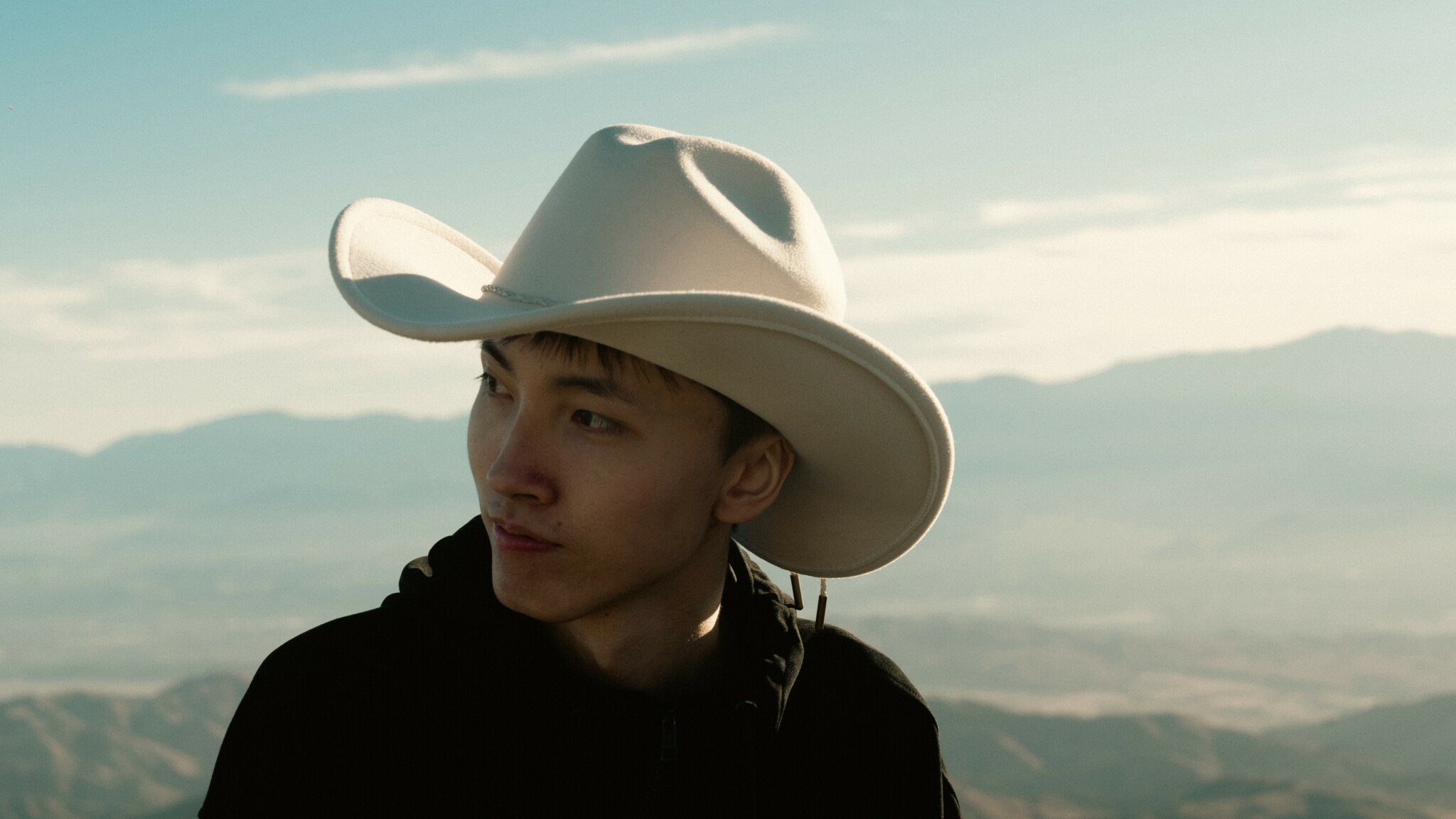We’re excited to introduce you to the always interesting and insightful Jinqi Zhang. We hope you’ll enjoy our conversation with Jinqi below.
Jinqi, thanks for taking the time to share your stories with us today Are you happier as a creative? Do you sometimes think about what it would be like to just have a regular job? Can you talk to us about how you think through these emotions?
My interest in filmmaking began unexpectedly during high school. Before that, I had always imagined becoming a programmer or working in an engineering-related field. Despite growing up in China’s exam-focused education system, my parents were always supportive of my artistic pursuits, such as learning musical instruments and photography.
It all started with photography. In high school, I got my first camera. When I picked it up, captured footage, and edited it on my computer, I experienced an unprecedented sense of fulfillment. For the first time, I had the chance to showcase my work publicly. That moment marked my first true encounter with the joy of artistic creation.
The last time I seriously considered pursuing a conventional career was actually not that long ago — when I was applying to graduate school. Fresh out of college, I was in a period of uncertainty, constantly asking myself: What if I can’t find a job? What if there aren’t any good opportunities? The idea of choosing a stable job seemed tempting. It was secure, straightforward, and didn’t require much overthinking.
But that thought quickly faded. I realized that while regular jobs might offer stability, they often come with limitations, leading to a path without creative fulfillment. After seeing my undergraduate thesis film screened at a theater in New York, I completely abandoned that idea. I knew I wanted to stand on even bigger stages.
For me, art can be extreme, but it’s also unique. Unlike other fields that can be mastered through systematic learning, art demands something more — a platform to express your inner thoughts and creative vision. And only through art can such an opportunity truly exist.
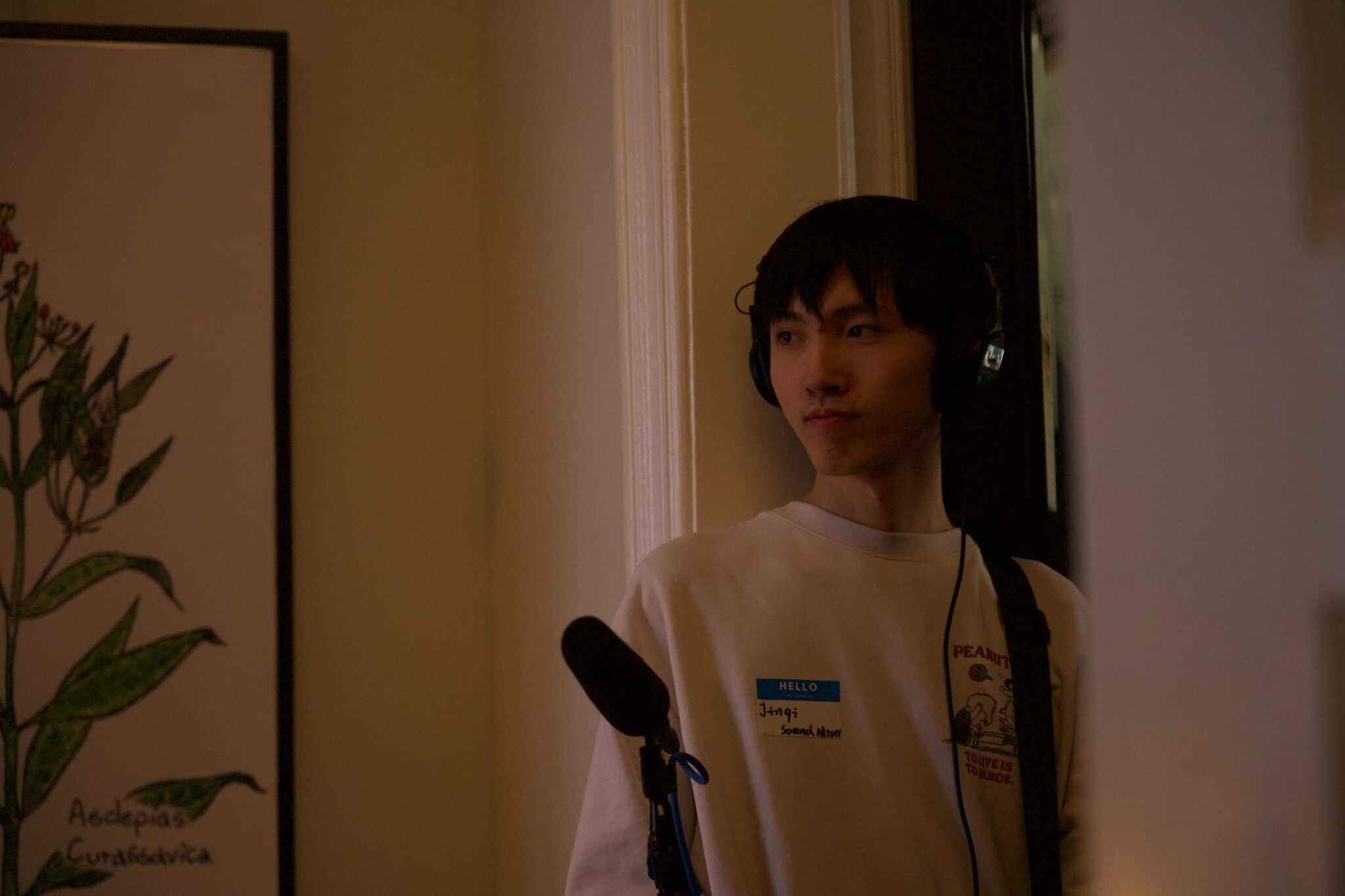
As always, we appreciate you sharing your insights and we’ve got a few more questions for you, but before we get to all of that can you take a minute to introduce yourself and give our readers some of your back background and context?
I’m a filmmaker, storyteller, and visual craftsman—always focused on creating immersive cinematic experiences. As a Editor, Director of Photography, and Colorist, I shape stories through lighting, composition, and color to bring powerful visuals to life. Currently, I’m refining my craft at the American Film Institute, where every class and project fuels my passion for pushing the boundaries of visual storytelling.
As an editor I remix scenes to get the vibe perfect. As a Colorist, I paint scenes with emotion. As a Director of Photography, I ensure every shot tells its own story. My dedication to my craft has earned industry recognition: my editing on “Buried Above Ground” was selected for the New York Short Film Festival Awards(2023), and my cinematography on “Pidou” garnered awards from the New York International Film Awards (2024), the Los Angeles Film Awards (2024), and the Los Angeles Short Film Awards (2024).
In every story I tell, I want to look for truth, the rawness of reality, and beauty. My films don’t avoid the uncomfortable and untold where truth often resides. I aim to craft films that entertain, resonate deeply, stir emotions, provoke thought, and inspire action. I want to impact my audience beyond the screen.
In my hometown, Suzhou, China, I was enchanted by the silence of our classical gardens—every stone, every pond, every plant seemed to whisper tales of ancient Chinese aesthetics. The subtle and understated beauty, core to Chinese expression, echo within them. They have instilled in me an appreciation for detail, inspiring me to infuse my creative projects with depth and complexity.
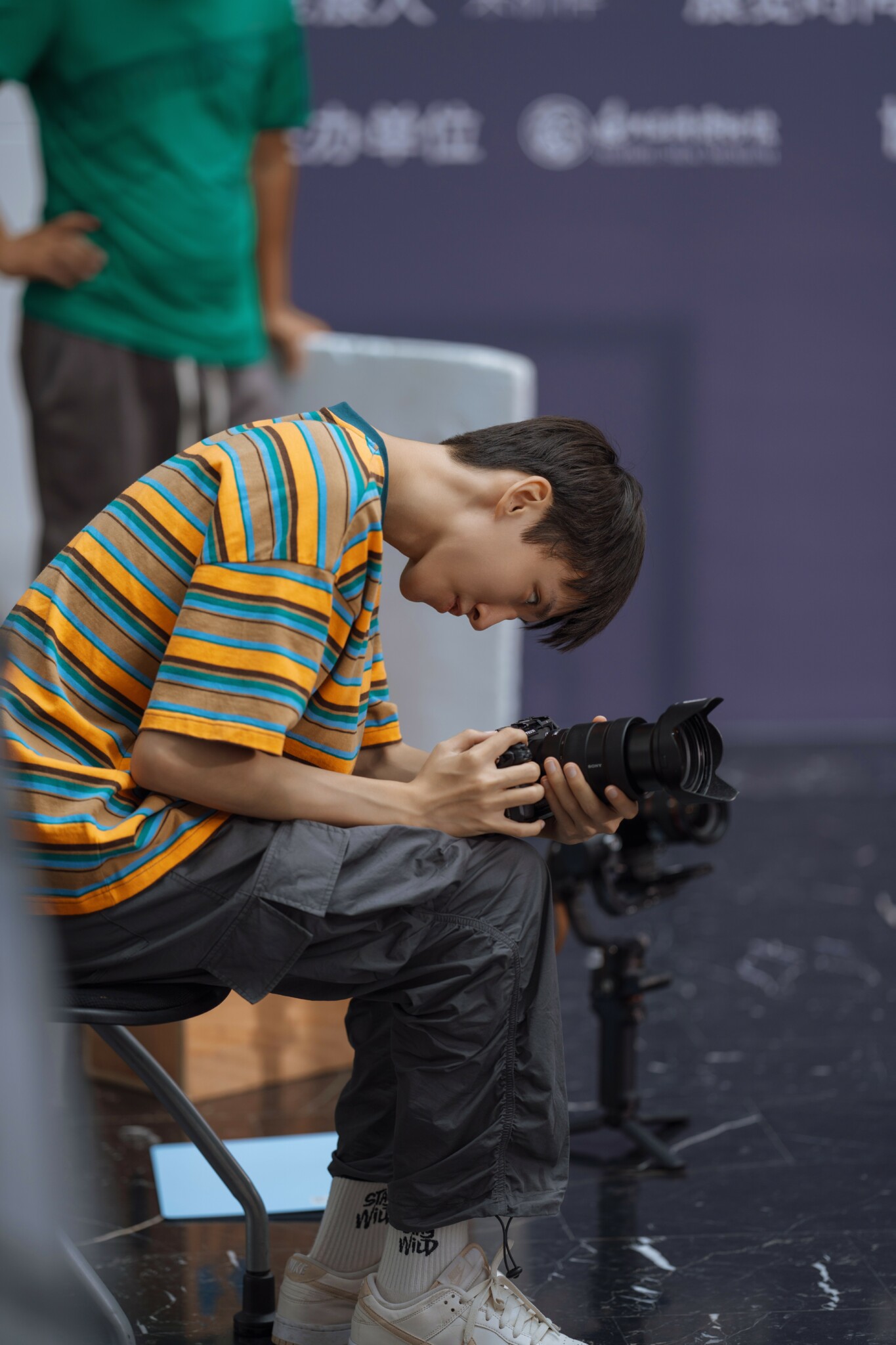
What’s the most rewarding aspect of being a creative in your experience?
As a creator, the most fulfilling part is expressing and exploring individual emotions and experiences through visual storytelling. As an international film graduate student, I have the privilege of blending my unique cultural perspective into my work while drawing inspiration from collaborators with diverse backgrounds. This exchange often leads to unexpected perspectives and adds a global resonance to the final piece. That’s also why I mentioned my hometown earlier — culture is often best communicated through artists. I want to share the unique culture of my hometown and my personal ideas with a broader audience.
The collaborative process is equally inspiring. From directors to editors to every crew member, people from all over the world bring their distinct personalities, experiences, and cultures to the table. That’s what makes filmmaking stand apart from other forms of art. Each individual contributes their unique voice and personal expression to the project. Together, we breathe life into a film, creating something with a soul. The sparks ignited by these cultural collisions are the seeds of a blazing artistic flame.
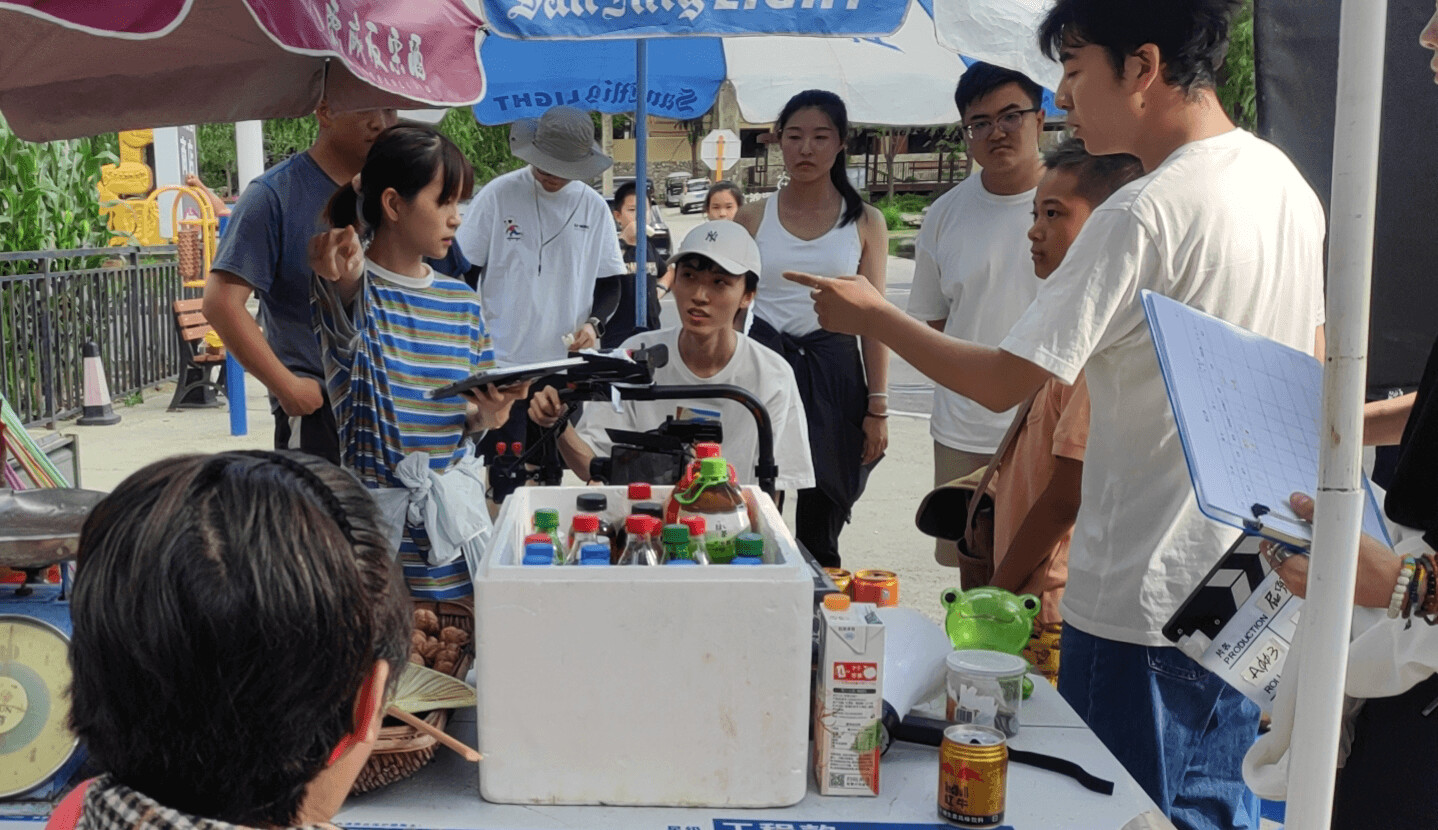
Learning and unlearning are both critical parts of growth – can you share a story of a time when you had to unlearn a lesson?
As I mentioned earlier, filmmaking is a collaborative effort — a symphony of teamwork where communication is essential. But before I entered the industry, I believed that hard work alone could solve everything. Initially, I thought that collaboration wouldn’t significantly impact the final result as long as everyone simply focused on doing their part. However, after stepping into this field and working on numerous projects with directors, cinematographers, editors, and assistant editors, I realized that finding a communication is absolutely vital — even when surrounded by talented professionals.
As an editor, communication with the director is the cornerstone of the entire post-production process. One particular experience stands out: I was hired by a producer to edit and oversee the entire post-production workflow for a film — essentially taking on the role of post-production supervisor. Since I had previously collaborated with this producer, I thought everything would go smoothly.
However, the director’s indifferent attitude quickly became a significant obstacle. From the very beginning, they struggled to clearly articulate their creative vision. Even after final cuts, I never received constructive feedback or actionable directions. They often missed scheduled meetings, making it even harder to maintain a productive workflow.
Though I could work independently, the vague and unhelpful responses constantly left me second-guessing the project’s direction. Despite my best efforts, the director would frequently express dissatisfaction, yet without offering any specific guidance. This chaotic working dynamic ultimately slowed down the entire process, making the experience unnecessarily exhausting for both sides.
After recognizing that our communication breakdown was jeopardizing the project, I arranged a full-day, face-to-face meeting with both the producer and the director. We gathered in a quiet conference room, where for nearly eight hours we dissected every scene and detail. We debated over every cut and nuance, clarifying misunderstandings and redefining our creative vision together. By the end of that long, intense day, we had realigned the story’s direction.
That project taught me an invaluable lesson: without clear and open communication, even the most promising creative endeavor can falter. Strong collaboration not only ensures efficiency but also preserves the passion and energy essential to creating meaningful work.
Contact Info:
- Website: https://jinqi.squarespace.com
- Instagram: https://www.instagram.com/jinqi_zzz/
- Linkedin: https://www.linkedin.com/in/jinqi-zhang-b085822a6

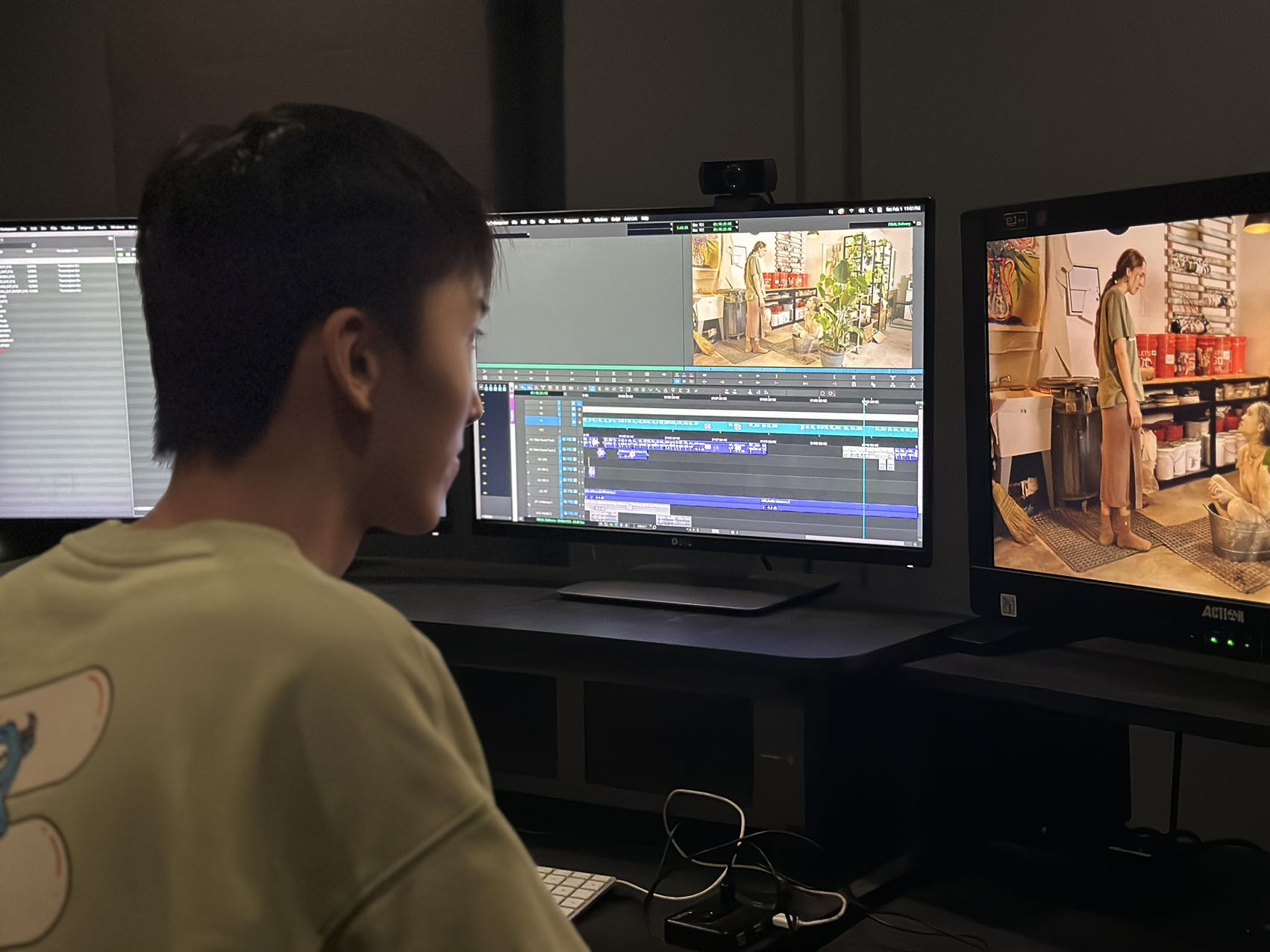

Image Credits
Man Su
Mingyuan Gao
Tammy Kang


